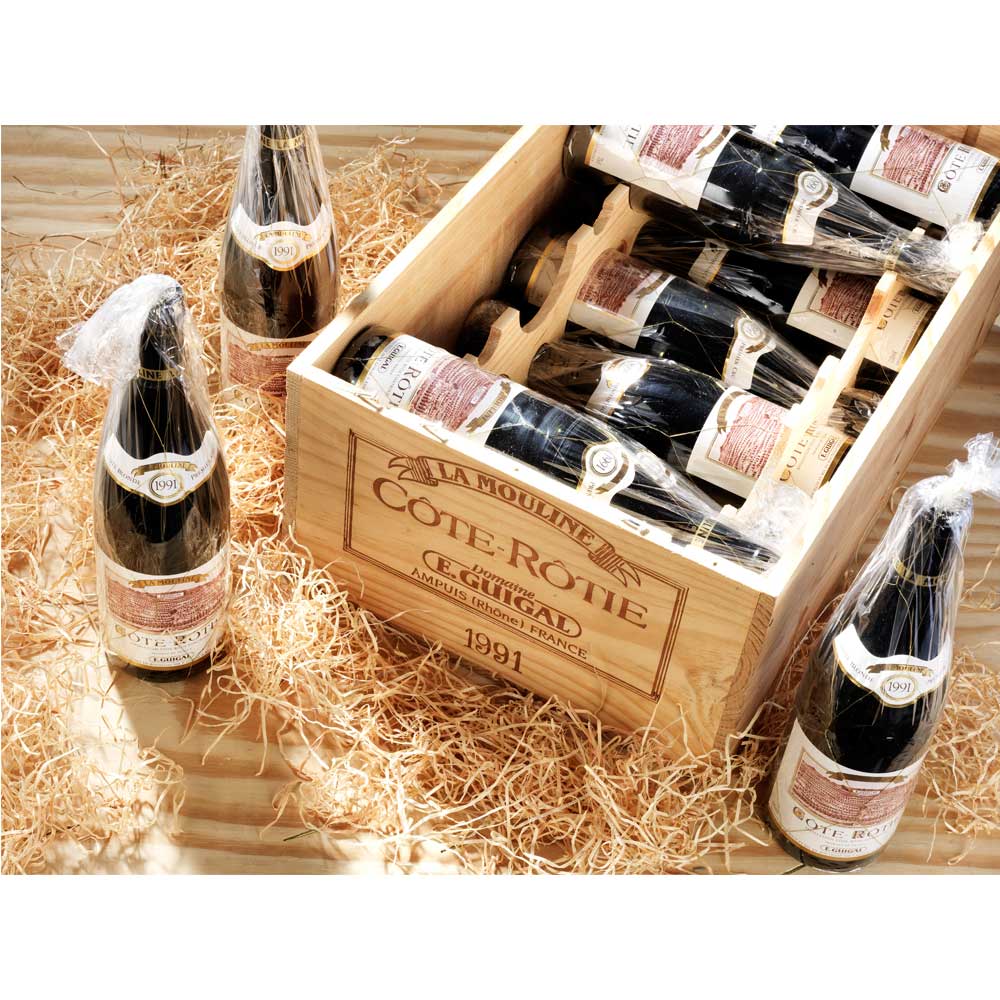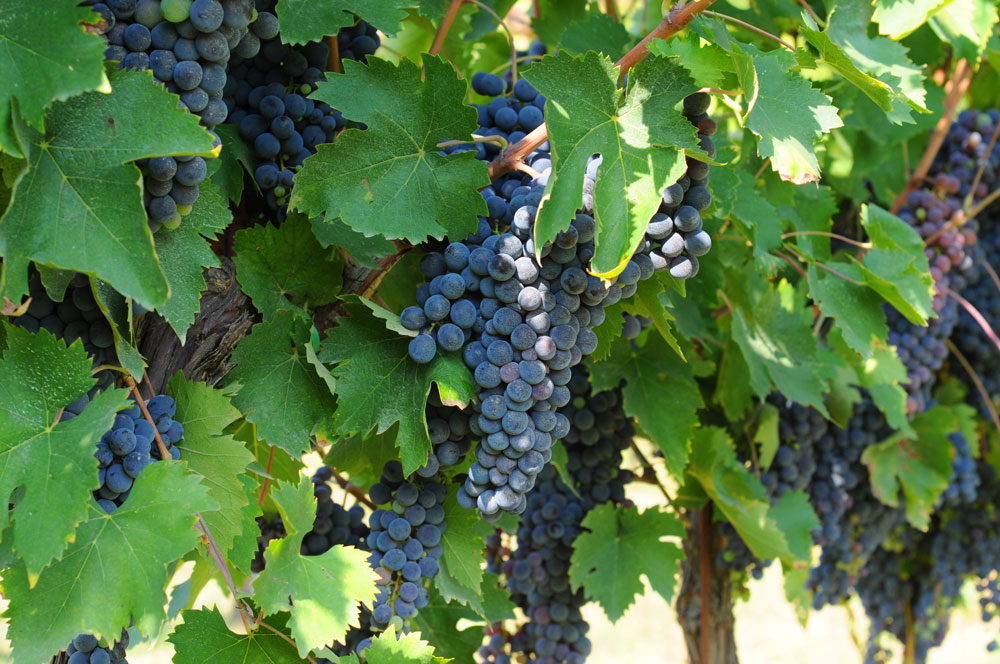Collecting and investing in fine wine is an attractive option, but uncorking the profit from your collection requires both knowledge and patience.
When Sir Alex Ferguson’s collection of vintage wine came up for sale at Christie’s in May last year, the pre-sale estimate was a cool £3 million.
Football’s most highly regarded manager (it was Man U, as if you didn’t know) also included some signed memorabilia along with his outstanding collection of 5,000 bottles of superb wine. Of these 5,000 bottles of wine about 75 percent consisted of one of the greatest French Burgundies, Domaine de la Romanée-Conti, said by Christie’s to be ‘the wine of the moment, in terms of demand’.
Sir Alex’s cellar collection spanned every year of his career with United from 1986 until he retired in 2013. The sale also included lots from 1999, the year United won a treble of the English Premier League, the Champions League and the FA Cup, a feat never previously accomplished and not duplicated since.
This first of three sales saw 89 percent of the lots go under the hammer, making Sir Alex richer by £2,480,330. Not knowing his original investment in the wines, we shall never know whether his investment paid off, but the odds are that it did. So could investing in wine prove to be a good investment for the rest of us?
Investment
There are several good reasons for starting a wine collection but caution is always advised if you’re thinking of investing in wine purely as a means of turning a profit. So, should I invest my money in wine? The experts say there are several answers to the question. The first is that no one should invest all his or her money in any single investment area. The second being, yes, invest in fine wine but only if you have a passion for wine; the third piece of advice is to gain as much knowledge as possible about fine wine while also seeking expert advice about market trends.
Tasting
One of the best ways to increase wine knowledge is to attend wine tastings. Continuing a thirty-year-old tradition of offering premium quality wine master classes, Christie’s Education often presents evenings of fine wine master classes. Christie’s says their Masterclass offers a wonderful opportunity not only to experience one of the best vintages in the past ten years but also to compare and contrast a fabulous range of 2eme cru classe wines, adding, ‘The 2me cru wines are often overlooked in the glare of publicity bestowed on the 1er cru, “blue chip”, wines, but you will be able to decide for yourself as to the true quality of each of the twelve wines in this Masterclass and to explore the virtues—or otherwise of the 1855 classification system.”
Buying
What wines you buy for your collection obviously depends on your investment budget but regularly following the wine sales at the major auction houses for several months or even years will give some useful indications as to how the market is moving.
The wine auctions at Sotheby’s, Christie’s and Bonhams, always offer great opportunities to acquire exceptional wines. For example, one of Sotheby’s summer sales in mid-July last year was announced as ‘Finest and Rarest Wines Featuring a Magnificent Bordeaux Collection’. And from the very first lot, the riches that the noble rot produces raised the hopes and aspirations of all connoisseurs and collectors who were present at that sale. As an example, let’s look back to see what the serious wine collector might have acquired.
Lot 1 was Château Latour 1982, Pauillac, 1er Cru Classé, and with Master of Wine and Sotheby’s leading wine expert Serena Sutcliffe’s tasting notes to go by, we could at least enjoy the description even if not the taste: ‘excellent appearance, tissue wrapped. Post-sale in New York in 2011, from double magnum, an immensely spicy, aromatic bouquet led to that thick, enveloping, total succulence of Latour 1982. So sweet and ripe. Massive, yet gentle, wine that plumbs the depths of sensory perception. In 2013, again from this lovely large format, absolutely stunning. And from bottle, just so classy and aristocratic, rich and oozing structure and tannins that are now soft without losing any of their great impact. One of the all-time greats.’ The case of 12 bottles sold for £13,513.
Pomerol, a neighbouring appellation of Saint-Émilion, has some of the world’s finest small estates, and Château Pétrus is at the top of the tree. A case of the 1990 vintage went under Sotheby’s hammer for £28,200 (the high estimate having been £34,000). At this level of investment it is no surprise that every detail is carefully scrutinized and described for the benefit of buyers, As Serena Sutcliffe’s notes informed us: ‘ 2 levels just into neck, rest good, 1 label damaged in bottom right corner, 1 scuffed along bottom edge, all slightly wrinkled but generally very good appearance, several capsules slightly worn on top
There is a deeper colour on the 1990 than on the 1989—denser. Incredibly opulent, plummy Petrus. Very voluptuous. Wonderful dried fruit flavours—almost Napa-like. Mocha and mint notes. Extraordinary, ultra-ripe plums and prunes taste. Atypical. Sweet aniseed finish. The great comparison is between this and the 1989.’
The sale continued with a roll-call of the glories of the Bordeaux region being knocked down for around £3,000-14,000 per case of 12 bottles: Château Latour, Lafite, Margaux, Haut Brion, in fact all the notable names.
If you like sweet white wine with your foie gras or dessert, here, at lot 935 came the first of nineteen cases of the fabulous Château d’Yquem. This is the shining star in the firmament of sweet white wines and many will agree that the incredible richness of this particular Sauternes has no rivals. And yet, when compared with some of the aforementioned hammer prices, there were affordable riches to be had here. Vintages ranged from 1975 (£750) through 2007 (£306). Serena Sutcliffe gave the classic 1975 vintage high praise: ‘Great ‘mystery’ and class on the nose. Apricots too, which continue on the palate, with nuts, grapefruit, figs and sultanas. Stunning finish of coffee and figs which just keeps on getting better. The over-concentrated grapes of the year are still delivering extraordinary purity, sweetness and balance. This has much more fruit now than the 1967. Absolutely amazing—un-put-downable. This surges to the top in any vertical of Yquem.’
To finish where we started, with the harvesting of grapes, what delivers Yquem and other Sauternes their uniquely rounded sweetness is, in large part, the late harvesting. A small team of experienced pickers are on call from September, with the harvesting not being completed sometimes until early December. Surprisingly, only the rotten grapes are picked, those completely affected by the noble rot fungus, so the pickers are spending often many weeks searching out the rotten grapes. Yes. Yquem is a very special wine and it ages very well, too.
So, from some of the prices realized in this sale, some very satisfying purchases were made—proving that collecting and investing in fine wine is an attractive option.



